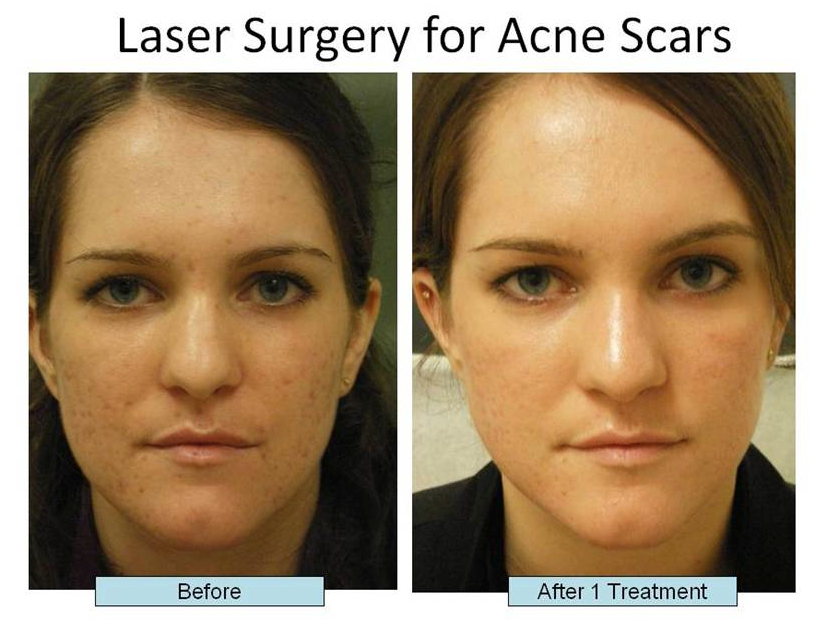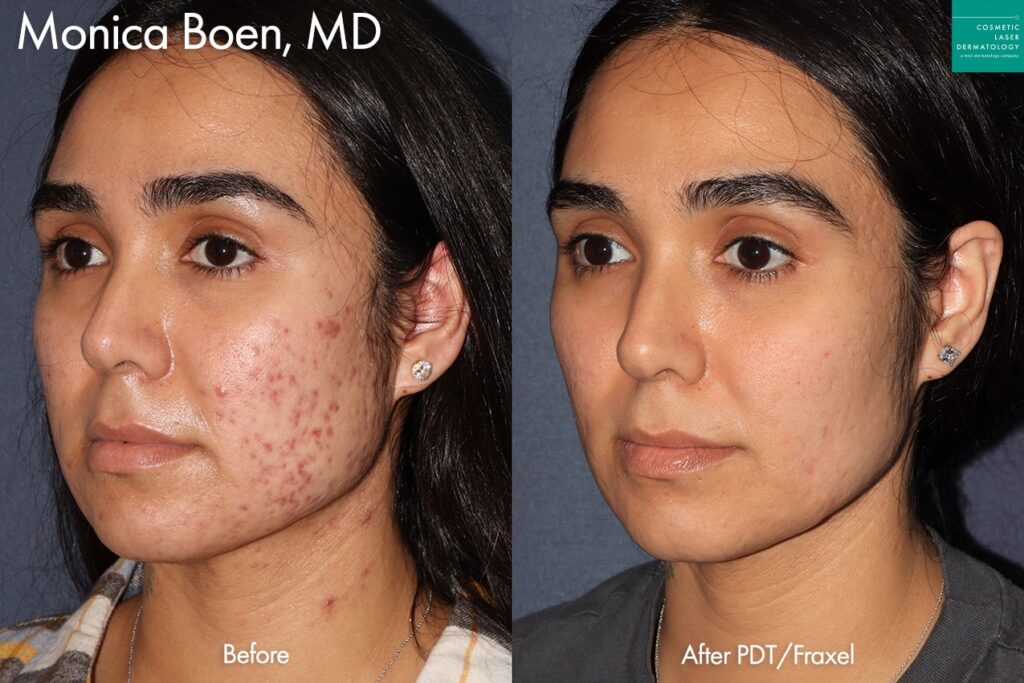Sensitive Skin? Locate the Right Acne Scars Treatment for Your Requirements
Sensitive Skin? Locate the Right Acne Scars Treatment for Your Requirements
Blog Article
Recognizing the Different Skin Conditions and Reliable Treatment Options for Acne Marks
Acne scars represent a complicated interplay of skin problems that significantly influence people' self-esteem and overall skin health. As we explore the landscape of acne scar management, it comes to be apparent that the journey toward clearer skin may entail even more than simply topical options.
Kinds of Acne Marks

On the other hand, hypertrophic marks result from an overproduction of collagen throughout the healing procedure, bring about raised locations on the skin. These marks are commonly solid and can vary in shade, sometimes appearing red or darker than the bordering skin.
Understanding these kinds of acne marks is crucial for establishing a reliable treatment plan - acne and acne scars treatment. Alternatives might include chemical peels, laser treatment, microneedling, or dermal fillers, tailored to the specific scar type. A comprehensive assessment with a dermatologist can assist figure out one of the most appropriate intervention, taking right into account the person's skin kind, mark severity, and general skin health and wellness
Root Causes Of Acne Scarring
Marking occurs as a result of the body's natural healing response to inflammation and injury triggered by acne sores. When acne types, it causes an inflammatory feedback, causing the launch of numerous cytokines and development variables that advertise recovery. This procedure can often lead to too much cells formation or insufficient repair, resulting in marks.
The key sources of acne scarring include the intensity of the acne itself, duration of the lesions, and individual skin types. Severe inflammatory acne, such as cysts and blemishes, is much more likely to result in scarring as a result of much deeper tissue damage. Furthermore, inappropriate handling of acne sores, such as pressing or selecting, can exacerbate cells injury and swelling, enhancing the possibility of scarring.
Genetic proneness also plays a significant duty; people with a household background of scarring are at a higher risk. Skin type and shade can influence mark development, as darker skin tones might experience post-inflammatory hyperpigmentation, while lighter skin may create atrophic scars.
Ultimately, recognizing these reasons is crucial in handling acne and reducing the possibility for scarring.

Therapy Choices for Scarring
Efficient treatment choices for acne scarring vary relying on the type and seriousness of the scars. Generally classified into atrophic, hypertrophic, and keloid scars, these problems need tailored strategies for ideal outcomes.
For atrophic scars, which are characterized by a loss of cells, treatments such as chemical peels, microdermabrasion, and laser therapy are generally used. These techniques promote skin revival and promote collagen manufacturing, thus improving skin structure. Subcision, a minimally invasive treatment, can also be reliable by separating fibrous bands below the skin.
Hypertrophic and keloid marks can be much more testing to treat. Alternatives include corticosteroid shots to decrease swelling and flatten the marks. In many cases, cryotherapy or laser treatment might be recommended to lessen their appearance.
Surgical choices are readily available for extreme scarring, where excision or skin grafting may be needed. It's necessary for people to seek advice site from a dermatologist to examine their specific scar kind and discuss the most suitable therapy plan. Integrating numerous therapies typically produces the best results, ensuring that each client's one-of-a-kind skin problem is resolved efficiently.
Home Solutions and Natural Solutions
Natural options and home solutions can provide an obtainable method for people looking for to improve the appearance of acne scars (acne scars treatment). Different components located in the home cooking area have actually demonstrated potential advantages in enhancing skin texture and promoting healing

One more effective alternative is lemon juice, which acts as an all-natural exfoliant and can lighten hyperpigmentation. It needs to be used carefully, as it might trigger photosensitivity. Oat meal masks are also useful; their gentle exfoliation can help eliminate dead skin cells while comforting irritation.
Vital oils, such as tea tree oil and lavender oil, can further sustain scar recovery because of their antimicrobial residential or commercial properties. It is important to do a patch examination before applying any remedy to make sure there are no damaging responses. These natural remedies can be a corresponding strategy in the trip to reduce acne scars.
Protecting Against Future Scarring
Embracing a positive approach to skincare can considerably decrease the threat of establishing future acne scars. Among the vital approaches is to manage acne effectively as it arises. This includes utilizing non-comedogenic skincare items and drugs suggested by dermatologists that target acne without aggravating the skin. Regular cleaning, exfoliation, and hydration can help keep skin health and avoid blocked pores.
In addition, staying clear of the lure to press or choose acne sores is crucial, as this can cause swelling and subsequent scarring. Rather, individuals need to concentrate on using topical treatments that promote healing and minimize swelling. Components such as salicylic acid, benzoyl peroxide, and retinoids are known for their efficacy in taking care of acne and reducing scars.
Sun security is one more crucial component; direct exposure to UV rays can hamper and darken marks recovery. Utilizing a broad-spectrum sunscreen daily can minimize these impacts.
Finally, preserving a healthy and balanced diet rich in antioxidants and staying you can try this out moisturized assistances skin regrowth. By executing these preventive actions, individuals can significantly decrease their threat of future scarring and advertise overall skin wellness.
Final Thought
In verdict, an extensive understanding of acne scars, including both hypertrophic and atrophic kinds, is vital for effective treatment methods. Examination with a skin doctor stays critical to design tailored techniques that think about specific skin types and mark extent, eventually boosting the efficacy of mark administration strategies.
Acne marks represent a complex interplay of skin conditions that considerably impact individuals' self-esteem and total skin wellness. The 2 key groups of acne marks are atrophic and hypertrophic scars. These marks are more identified right into 3 subtypes: ice pick scars, which are slim and deep; boxcar marks, which Visit Website are bigger and have distinct edges; and rolling scars, which develop a wave-like look due to uneven skin structure.
A detailed appointment with a skin specialist can assist identify the most appropriate treatment, taking right into account the person's skin type, mark intensity, and overall skin health.
Consultation with a skin doctor stays crucial to develop personalized strategies that think about private skin types and mark seriousness, ultimately improving the efficacy of mark administration techniques.
Report this page